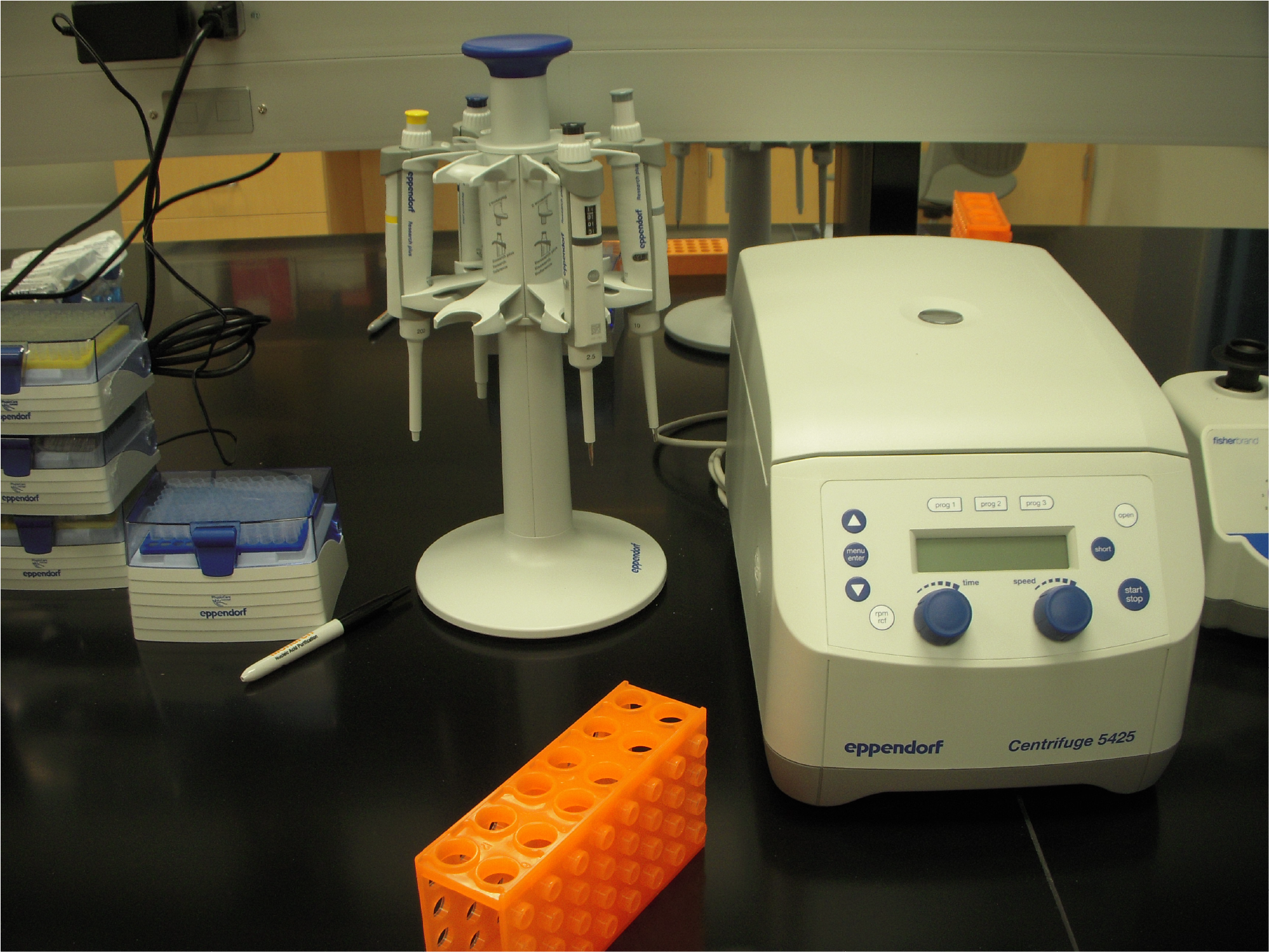Written by Luke Hatfield (research technician)
Week 8 (3/12/21) – We discussed Sharma, et al.’s paper on the kinetics of DAZL RNA binding from the Jankowsky laboratory at Case Western.
Goals
- Develop a method for assessing cellular binding and dissociation kinetics of RNA-protein interaction at binding sites on target RNA’s on a transcriptome wide scale.
- Determine how and how long RNA-Binding Proteins (RBP’s) interact with binding sites.
- Assess DAZL binding kinetics on many different RNA classes, before specifically assessing its regulatory effects on target mRNA’s.
Method
- KIN-CLIP (Kinetic cross-linking and immunoprecipitation)
- Involved the use of a pulsed femtosecond ultraviolet laser to time-resolve RNA-protein cross-link
- Followed up by immunoprecipitation and high-throughput sequencing
Results
- RBP binding is infrequent – according to their results RBP binding to RNA-binding sites occurs only around six times every minute
- RBP’s interact with mRNA-binding sites in clusters. The causes of these proximal clusters and their saturation points were both identified as important variables.
DAZL Binding
- It was observed that DAZL RBP’s bind to the 3’-UTR in mRNAs in clusters. This cluster formation suggests that RNA structure or the proximal binding site of other proteins plays a significant role in determing where the clusters are.
- It was observed that DAZL’s likelihood of binding was correlated with the number of binding sites in a cluster, as well as the cluster’s proximal location to polyadenylation sites.
DAZL Function
- Revealed that the degree of regulatory function DAZL has on a specific class of mRNA is dependent on the binding patterns determined by the previous experiment.
- mRNA DAZL cluster characteristics strongly correlated with 3’-UTR length, the number of cluster sites on a 3’-UTR, the proximity of a cluster to a polyadenylation site, and the cumulative difference for a RBP to bind at a given site in low and high concentration environments.
- Identified 21 mRNA groups that showed DAZL regulatory effects based on the previously defined conditions.
Final Thoughts
- More experimental consideration should be given to identifying the regulatory effects of binding RBP’s and how they can influence downstream genotypic and even phenotypic expression. Diving into more detail about the specific processes the DAZL regulation was accomplishing would have been an excellent third point to make in this article but may have been restrained due to time or impact.
- Uncovering the secrets of DAZL-RNA binding interactions will help develop methods and solutions for a widely applicable system of characterizing regulatory programs for other RBP’s.
Upcoming (3/19/21) – We will discuss a 2012 paper (Hu, et al. from the Rosenfeld lab) on AGO3’s role in cellular differentiation via small RNAs derived from Alu elements.
